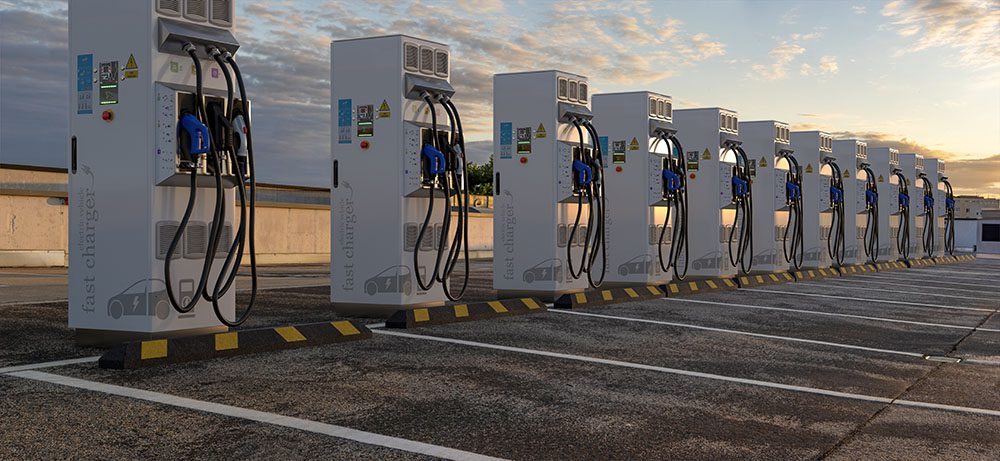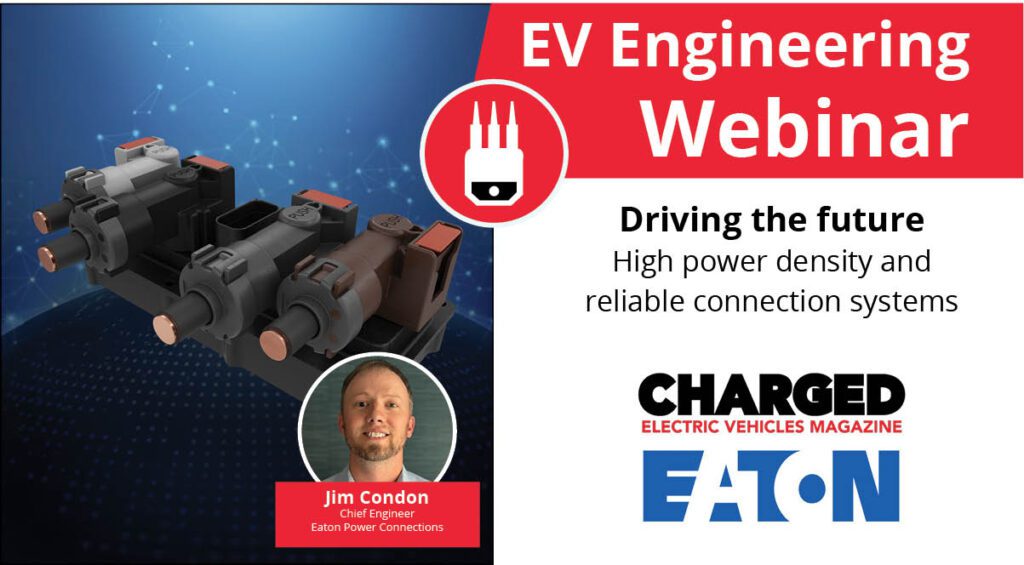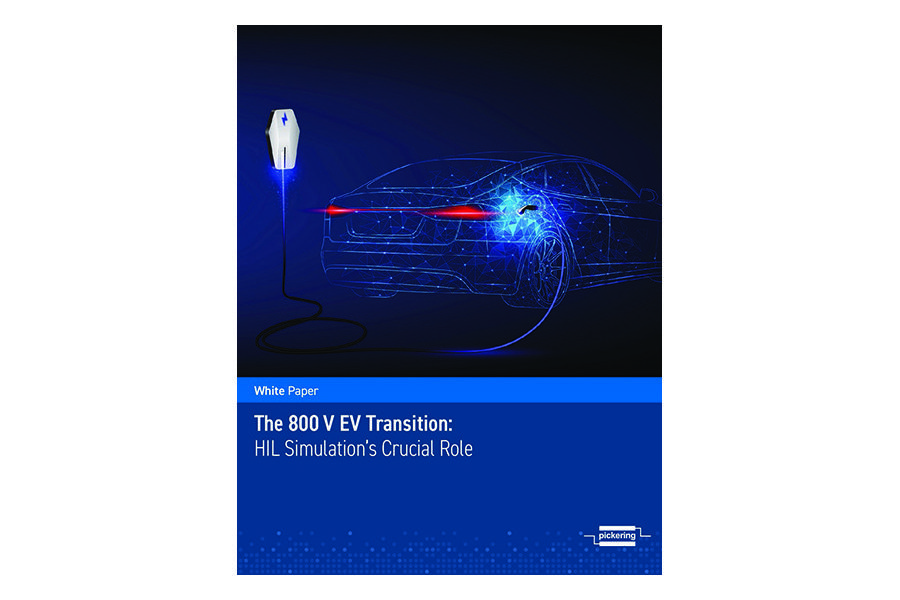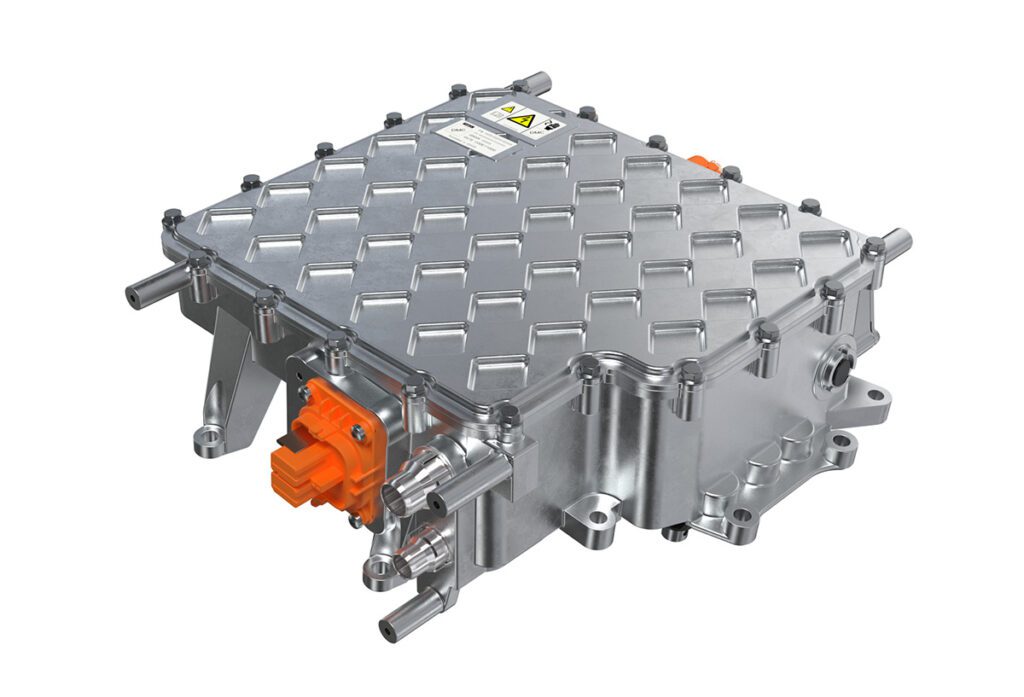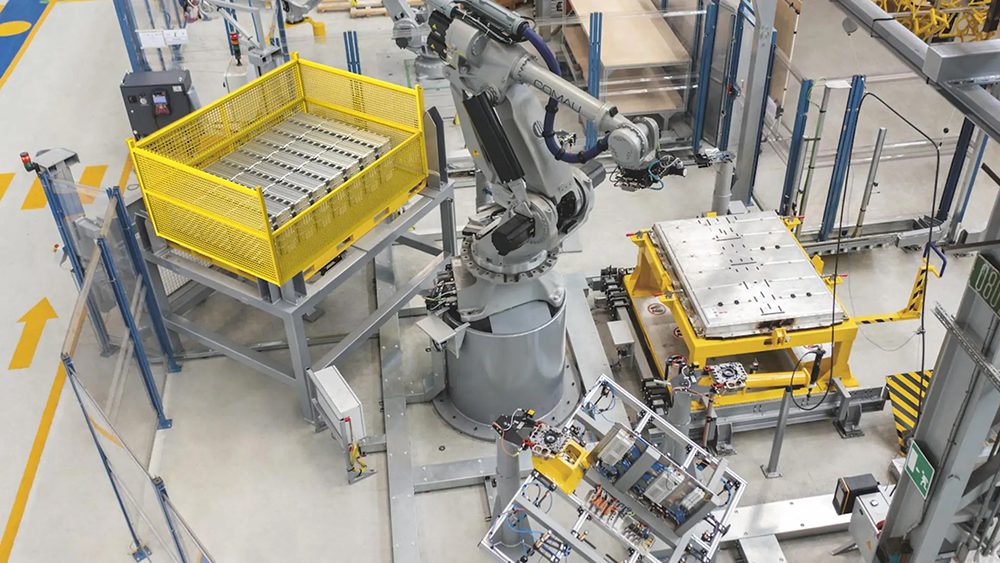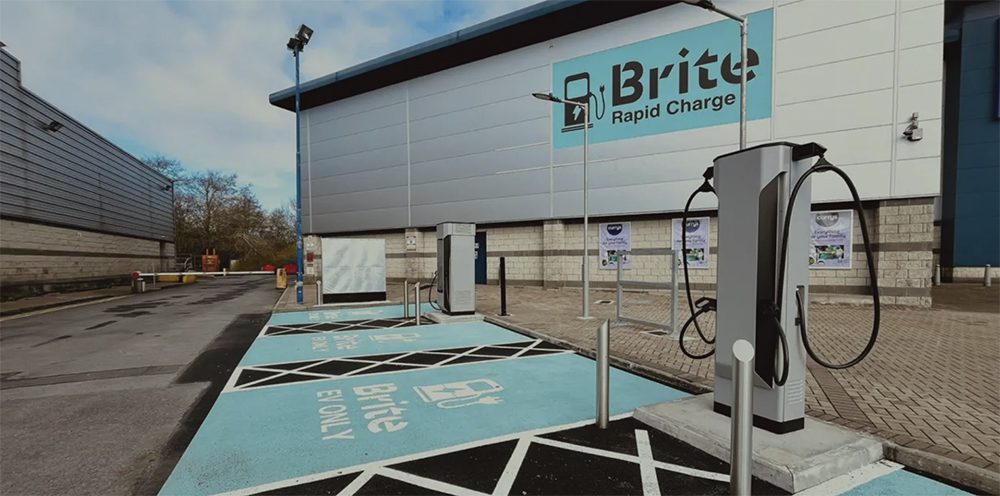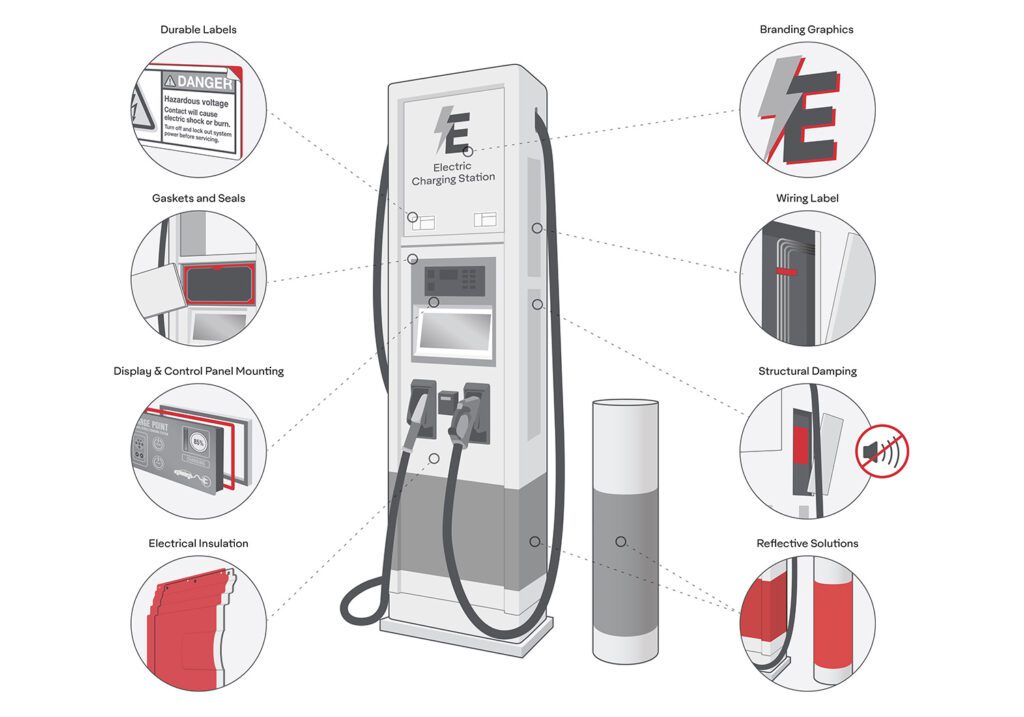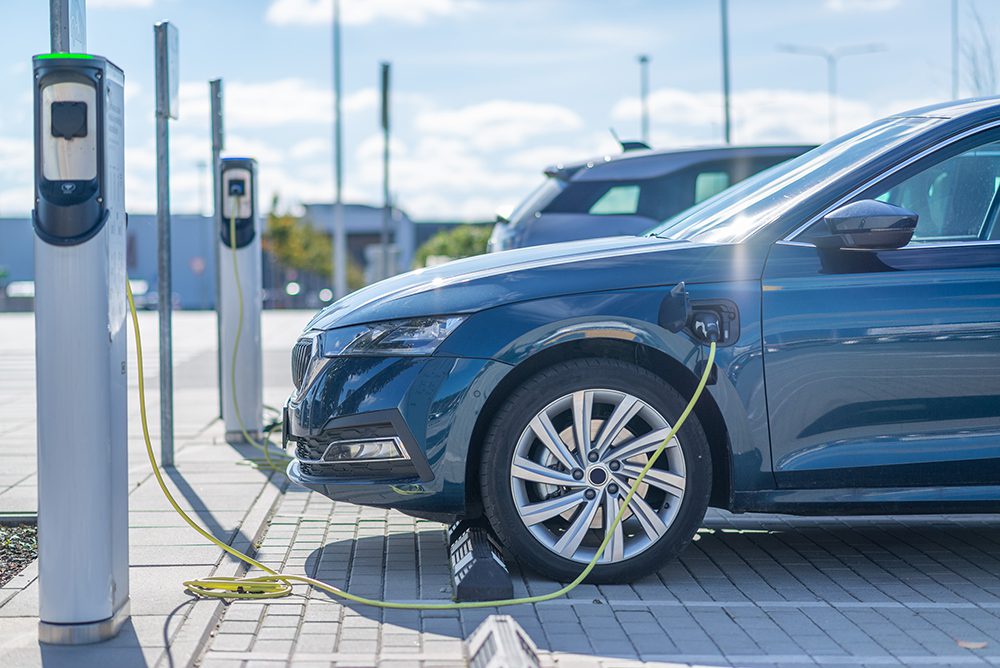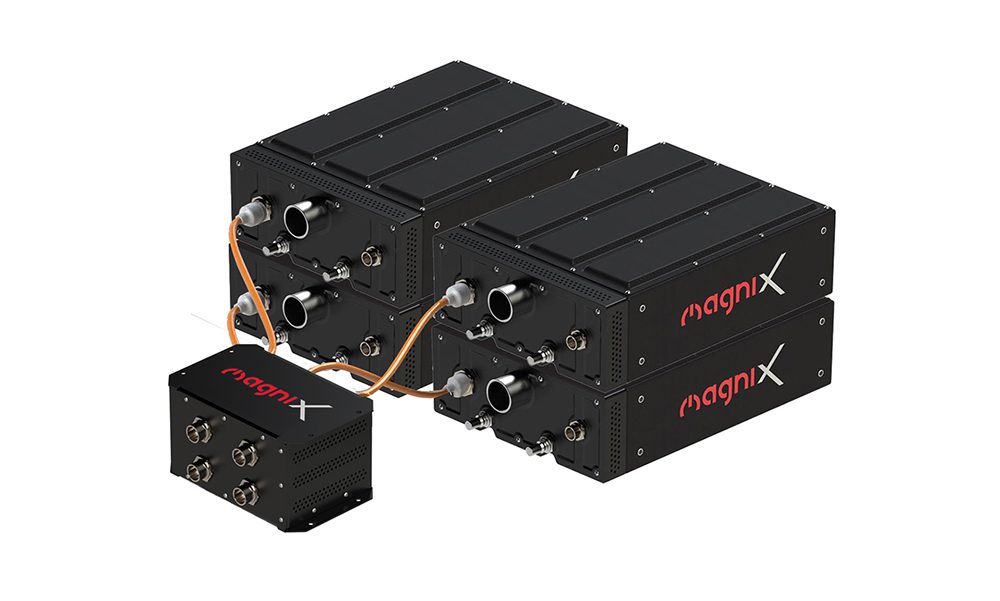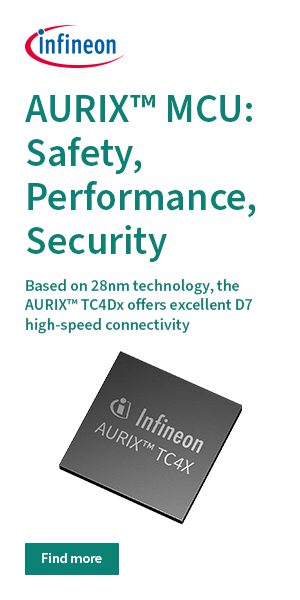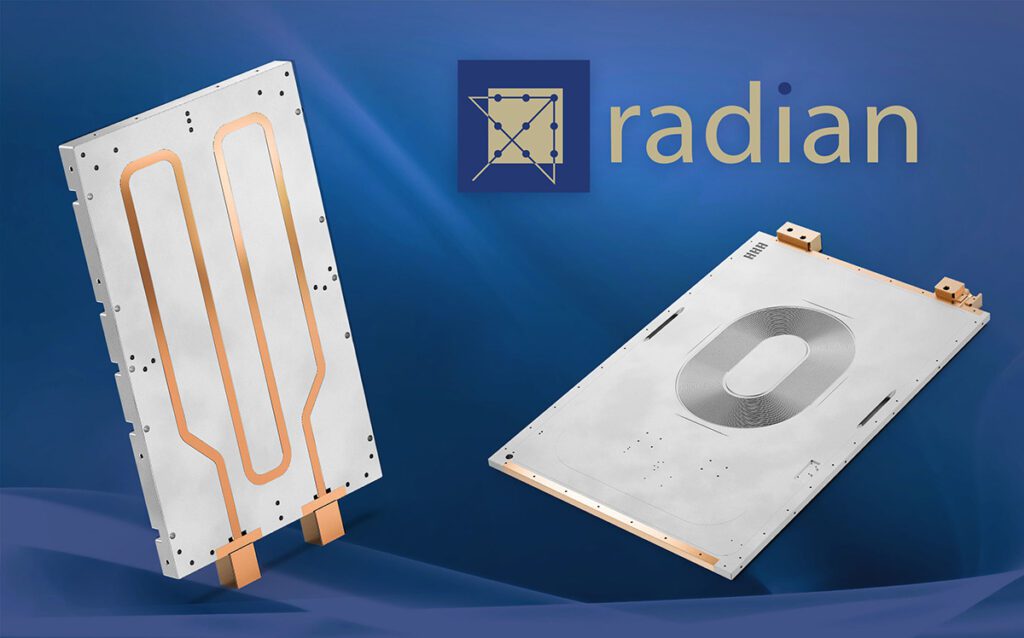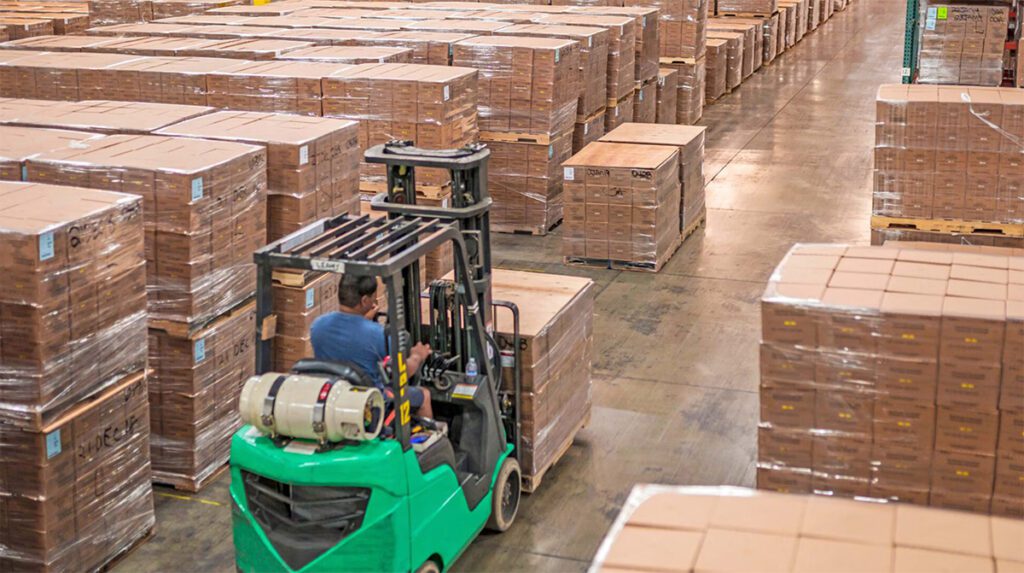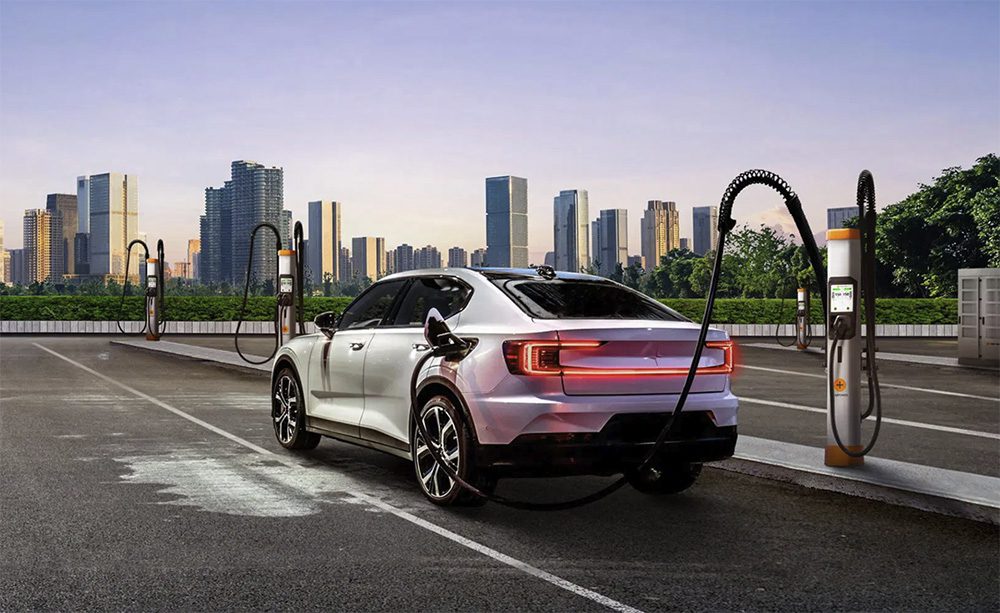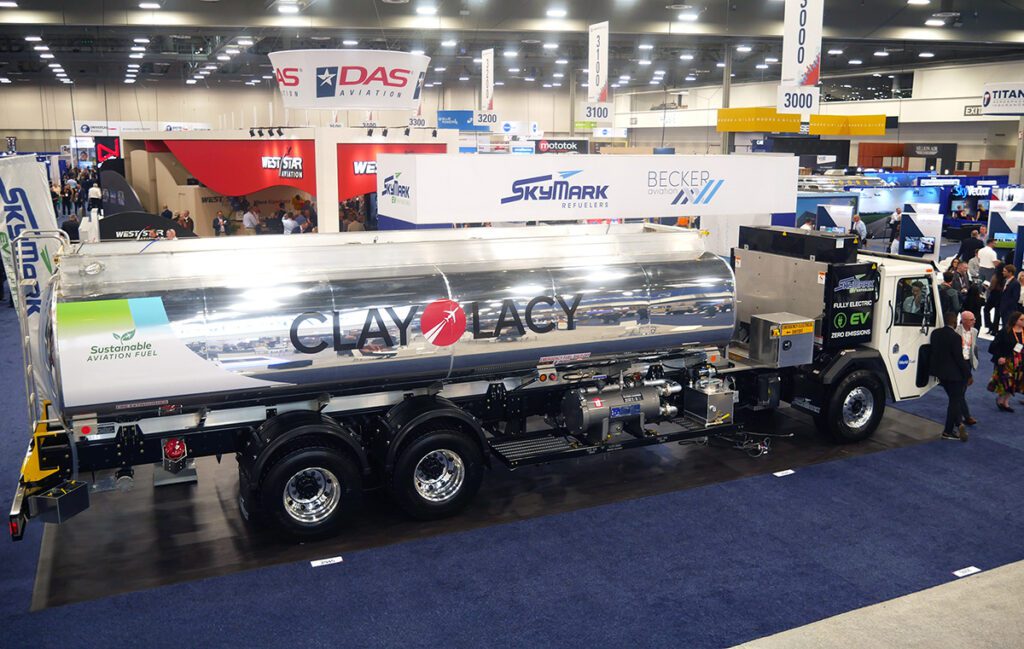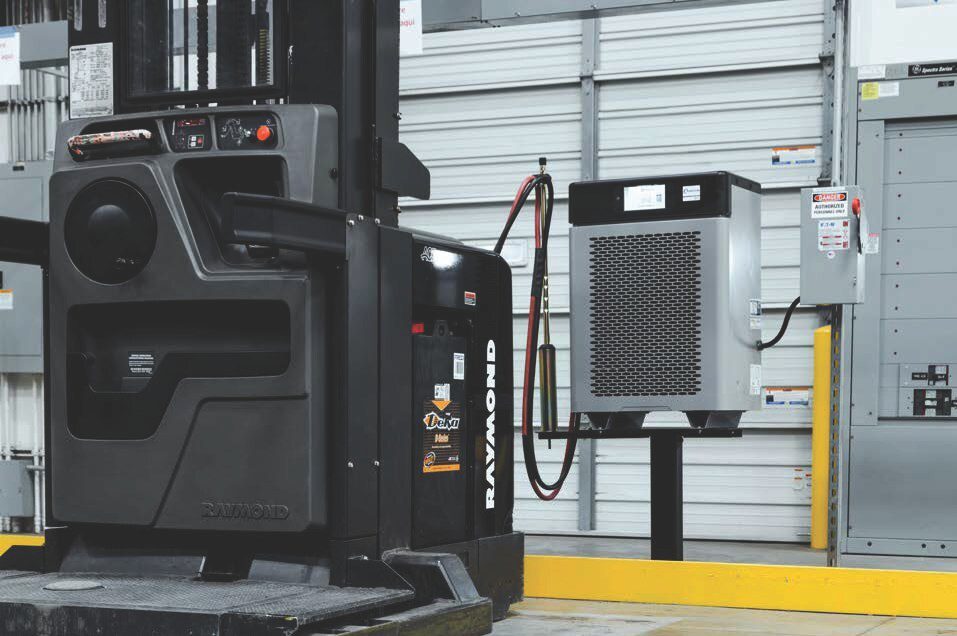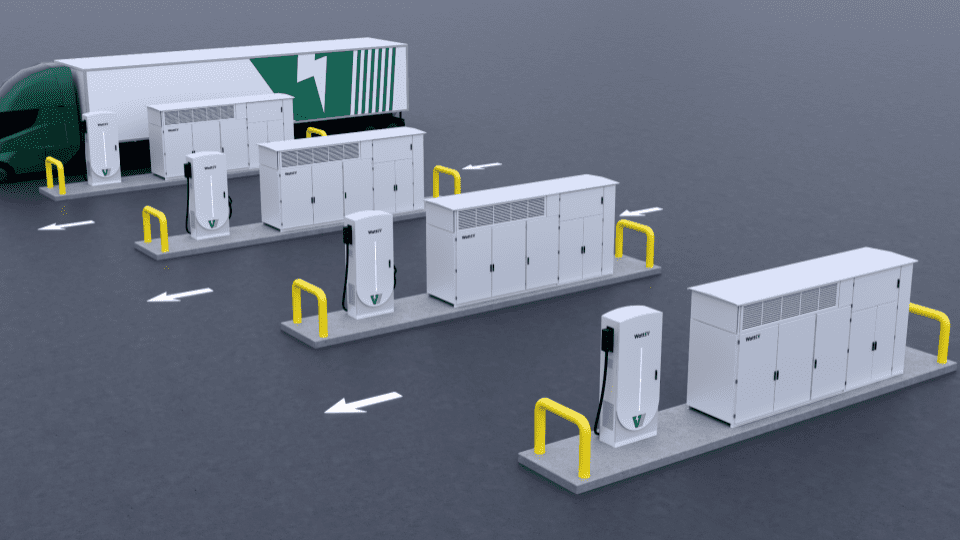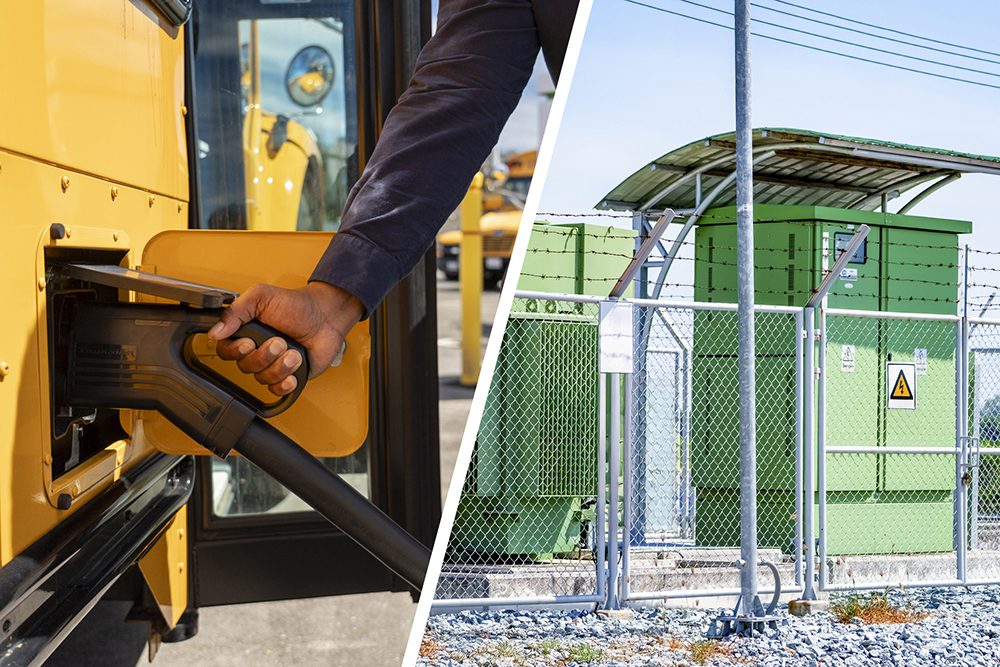Lithium-metal batteries, which use anodes made of lithium metal rather than graphite, could offer great improvements in energy density and weight. The DOE’s Battery 500 Consortium has set a goal of developing lithium-metal EV batteries with triple the energy density of today’s Li-ion cells.
Now scientists at Stanford University and the SLAC National Accelerator Laboratory have taken the first atomic-scale look at how the process of calendar aging attacks lithium-metal anodes.
In “Corrosion of lithium metal anodes during calendar ageing and its microscopic origins,” published in Nature Energy, David T. Boyle and co-authors explain how they discovered that the nature of the electrolyte has a big impact on aging.

“Our work suggests that the electrolyte can make a big difference in the stability of stored batteries,” said SLAC and Stanford Professor Yi Cui, who led the study with Stanford Professor Zhenan Bao. “This is something people haven’t really spent time looking at or using as a way to understand what’s going on.”
In this study, the team wanted to test a variety of electrolytes with different chemical makeups to get a general picture of how lithium-metal anodes age, so they measured the charging efficiency of lithium-metal batteries containing various types of electrolytes. Then they carefully dismantled batteries that had been fully charged and left to sit for a day, removed the anodes and flash-froze them in liquid nitrogen to preserve their structure and chemistry at a specific point in the calendar aging process.
Next, the researchers examined the anodes with a cryogenic electron microscope (cryo-EM) to see how the various electrolytes affected the anode at close to atomic scale.
Each time a lithium-metal battery charges, a fresh layer of lithium metal is deposited on its anode. The battery’s electrolyte corrodes this fresh metal, forming a layer called the SEI, which contributes to calendar aging. Contrary to expectations, electrolytes that would otherwise support highly efficient charging were just as prone to drops in efficiency due to calendar aging as poorly performing electrolytes, Professor Cui said. There was no one electrolyte chemistry that did both things well.
To minimize calendar aging, the challenge will be to minimize both the corrosive nature of the electrolyte and the extent of the lithium metal on the anode’s surface that it can attack.
“What’s really important is that this gives us a new way of investigating which electrolytes are most promising,” Professor Bao said. “It points out a new electrolyte design criterion for achieving the parameters we need for the next generation of battery technology.”
Source: SLAC




















































